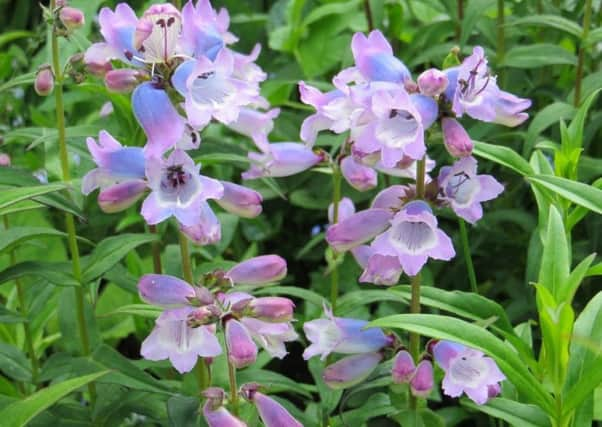Spring-like days bring response from plants


With a large portion of February days behaving like those of spring, it’s been possible to seize the moment and make substantial headway in the garden. We even managed to mow the lawns, raising the garden profile at a stroke, and just in time to avoid the hayfield scenario.
Longer hours of daylight and unbelievable temperatures are guaranteed to evoke a response from not only humankind, but also other living organisms across the spectrum.
Advertisement
Hide AdAdvertisement
Hide AdPlant growth has been stimulated in garden and countryside, anything with a south-facing aspect reaping the benefit. This is most noticeable where groups of snowdrops on northern embankments continue flowering whilst others, with a more favourable aspect, are spent.
Early dwarf bulb displays remain outstanding, and the advanced state of spring shrubs is extraordinary.
Two forsythias, whose golden yellow blooms normally light up this garden in late March, are covered in plump buds, some of which started opening in late February. The Ceanothus ‘Concha’ has similarly been covered in advanced bloom buds and a faint blue haze where petals are breaking through. The pink flowering currant (ribes) decided not to wait until spring arrived, it began to flower two weeks ago.
Such phenomena create quite a buzz amongst the gardening fraternity, some enquiring, “What are the consequences, short and long-term, of such early growth and flowering?”
Advertisement
Hide AdAdvertisement
Hide AdThe fact is that it affects different plants in different ways. Those that have evolved a strategy for flowering and surviving in winter conditions will receive a temporary check, but bounce back rapidly.
A mature Prunus subhirtella ‘Autumnalis Rosea’ (aka winter cherry) in this garden, flowers continuously from November to April, the display only being interrupted briefly when heavy frost is in the air. No sooner has one set of flowers faded than replacement buds burst open, and the tree sails through another winter unharmed.
Down at ground level a diversity of dwarf bulbs are reaching their peak in performance, and the natural concern over their wellbeing when overnight frost leaves a few crocus and narcissi stems leaning over is understandable.
However, they too have a strategy for coping with weather extremes. As the temperature plunges, water in the surface cells is relocated deep within the plant temporarily. They, too, are winter survivors.